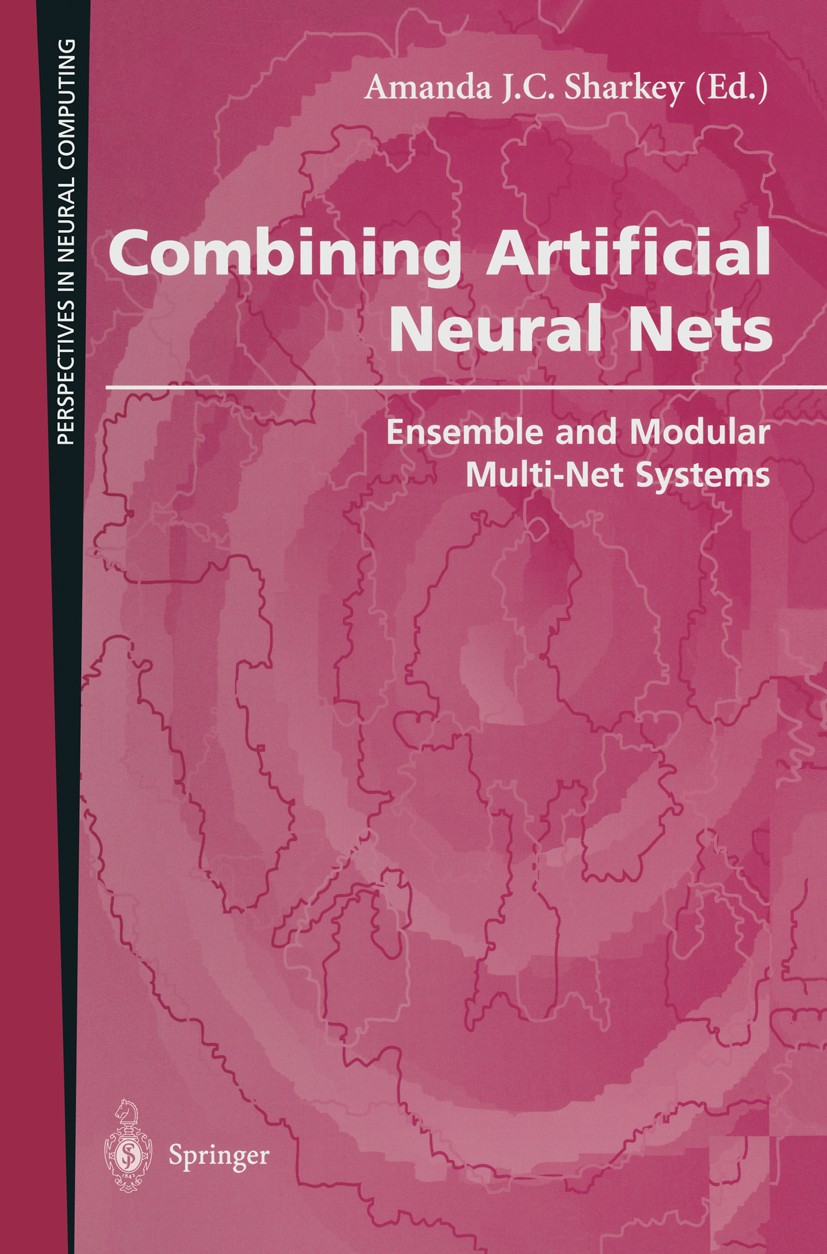| 书目名称 | Combining Artificial Neural Nets |
| 副标题 | Ensemble and Modular |
| 编辑 | Amanda J. C. Sharkey |
| 视频video | http://file.papertrans.cn/231/230088/230088.mp4 |
| 概述 | There are no other books covering both modular and ensemble approaches (The ensemble approach uses a variety of methods to create a set of different nets trained on the same task; the modular approach |
| 丛书名称 | Perspectives in Neural Computing |
| 图书封面 |  |
| 描述 | The past decade could be seen as the heyday of neurocomputing: in which the capabilities of monolithic nets have been well explored and exploited. The question then is where do we go from here? A logical next step is to examine the potential offered by combinations of artificial neural nets, and it is that step that the chapters in this volume represent. Intuitively, it makes sense to look at combining ANNs. Clearly complex biological systems and brains rely on modularity. Similarly the principles of modularity, and of reliability through redundancy, can be found in many disparate areas, from the idea of decision by jury, through to hardware re dundancy in aeroplanes, and the advantages of modular design and reuse advocated by object-oriented programmers. And it is not surprising to find that the same principles can be usefully applied in the field of neurocomput ing as well, although finding the best way of adapting them is a subject of on-going research. |
| 出版日期 | Book 1999 |
| 关键词 | Ensembl; cognition; genetic algorithm; neural network; proving; simulation; speech recognition |
| 版次 | 1 |
| doi | https://doi.org/10.1007/978-1-4471-0793-4 |
| isbn_softcover | 978-1-85233-004-0 |
| isbn_ebook | 978-1-4471-0793-4Series ISSN 1431-6854 |
| issn_series | 1431-6854 |
| copyright | Springer-Verlag London Limited 1999 |
 |Archiver|手机版|小黑屋|
派博传思国际
( 京公网安备110108008328)
GMT+8, 2025-11-17 23:23
|Archiver|手机版|小黑屋|
派博传思国际
( 京公网安备110108008328)
GMT+8, 2025-11-17 23:23


